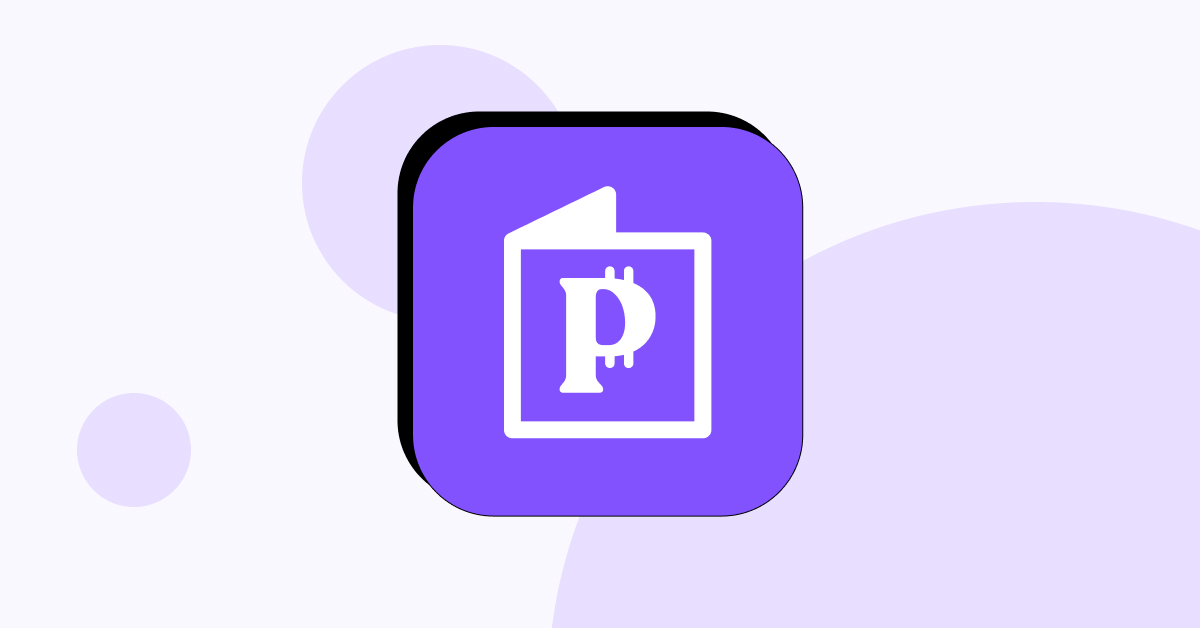Everyone goes through an emergency from time to time. Cars may break down, we fall sick, or natural disaster strikes our homes. When these unbearably challenging times hit us, we often find ourselves needing money to stay afloat.
Emergency Fund: What Is It?
You should always be ready. Protect yourself by setting up a dedicated savings fund for emergencies. Unplanned expenses can come at any time. Therefore, putting some money aside, even if it’s a small amount, is a good idea. Doing so will help you recover faster in case anything untoward happens. An emergency fund is money set aside for surprise expenses. It will cover your needs when your car or house needs a fix or when you face sudden medical bills.
Why an Emergency Fund Is So Important
The advantage of having an emergency reserve is obvious – it leads to financial stability. But aside from that, other benefits await.
- Lower Stress Levels
When an emergency hits, your financial well-being suffers, and stress ensues. An emergency fund is like a safety net, helping you live off the edge. When you have one, you can get by even in a crisis. When you prepare yourself financially for challenging situations, you’ll feel more confident and able to tackle anything that comes your way. You don’t need money worries added to your list.
- Better Spending Management
When money constantly flows in, we inevitably spend it on a whim. An emergency fund is the best method to store cash for a rainy day. Instead of reaching out for a new designer outfit or the latest gadget, keep your money out of immediate reach. A separate account works best. This way, you’ll know how much you’ve saved and the amount lacking.
- Good Financial Decisions
Everyone wants to make sound financial judgments. Unfortunately, we often find ourselves drawn to quick cash loans. While these are convenient, they often come with high interest rates, exorbitant fees, and painful penalties.
How Much to Save in Your Emergency Fund
Everyone’s emergency fund looks different. It will vary depending on one’s lifestyle, monthly expenses, income, and the number of dependents. However, many experts tout three to six months of living costs as the rule of thumb.
Naturally, this amount can seem insurmountable, especially if you’re starting from ground zero. That’s okay. Start by putting a small figure away each week. Pretty soon, you’ll get used to the idea of saving. The amount shouldn’t be a fixed amount, either. Adjust it according to your earnings and other financial obligations. If your existing income does not allow you to save, you may seek a side gig to supplement your earnings. Sites like Pawns.app are an easy and quick way to earn passively with paid surveys.
Where to Keep Your Emergency Fund
It’s a good idea to separate your emergency fund from your primary accounts. While it should be accessible for quick withdrawal, it shouldn’t be in your face such that you feel tempted to use it for unnecessary expenses.
- High-Yield Savings Account
This route makes a lot of sense. You can find this account type at almost any online bank. However, fund withdrawal usually cannot happen at brick-and-mortar bank locations. It will have to go through another account. You’ll need to consider the delay involved in getting the money in your hands.
- Money Market Account
A money market account is similar to a high-yield savings account. They both give you higher annual percentage yields. However, they differ in the fact that the former comes with added conveniences, such as a debit card and checkbook. You might also have to deposit a higher amount into a money market account.
- Traditional Bank Account
Don’t forget that you can always keep your emergency fund in a regular checking or savings account. The interest rate will be lower, but fund access is immediate, which is highly beneficial during challenging times. A noted risk of this option is that since the money is readily available, you might withdraw it for non-emergencies.
5 Steps to Building an Emergency Fund
You’ll soon realize that saving for a rainy day is like a psychological challenge. It takes time and, of course, a high level of discipline. Here are five simple steps:
- Break your final goal into many smaller ones.
- Start your journey with small contributions, but make sure they’re regular.
- An automated deposit works wonders – set your weekly/monthly amounts and forget about them.
- Try not to spend more than you need.
- Set realistic expectations and goals.
FAQ
How fast should I build my emergency fund?
The length of time people take to be comfortable with their emergency fund varies. Generally, a six-month coverage should take you a year to gather.
What is a realistic first goal when creating an emergency fund?
To answer this question, you’ll have to look at your monthly needs. How much will you require to cover these costs if you lose your income source? Once you have this number, start working on a budget and savings plan. Let’s say you’ll need $10,000 for a three-month coverage. Divide $10,000 into six and work on saving that amount each month, if possible.


